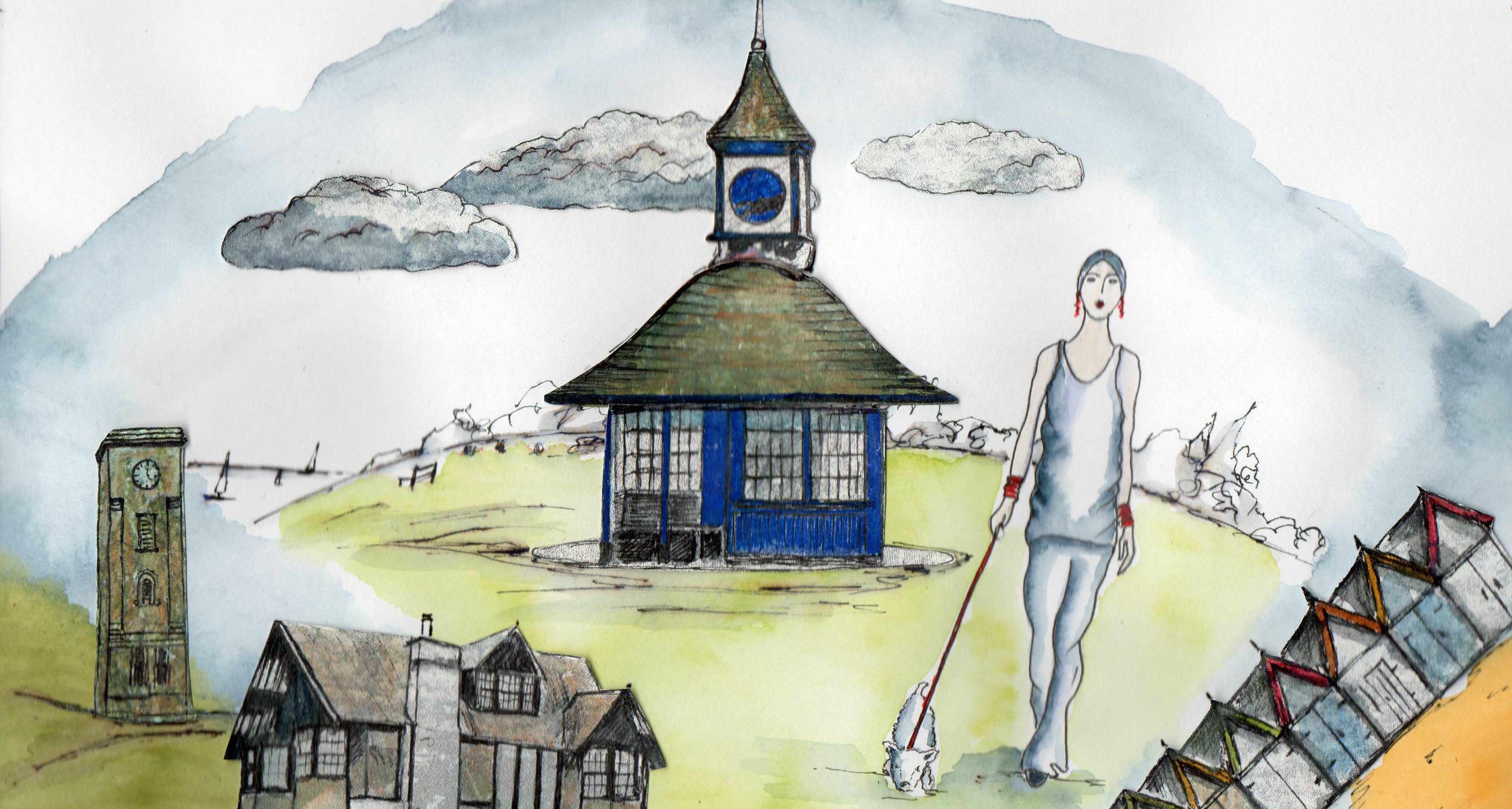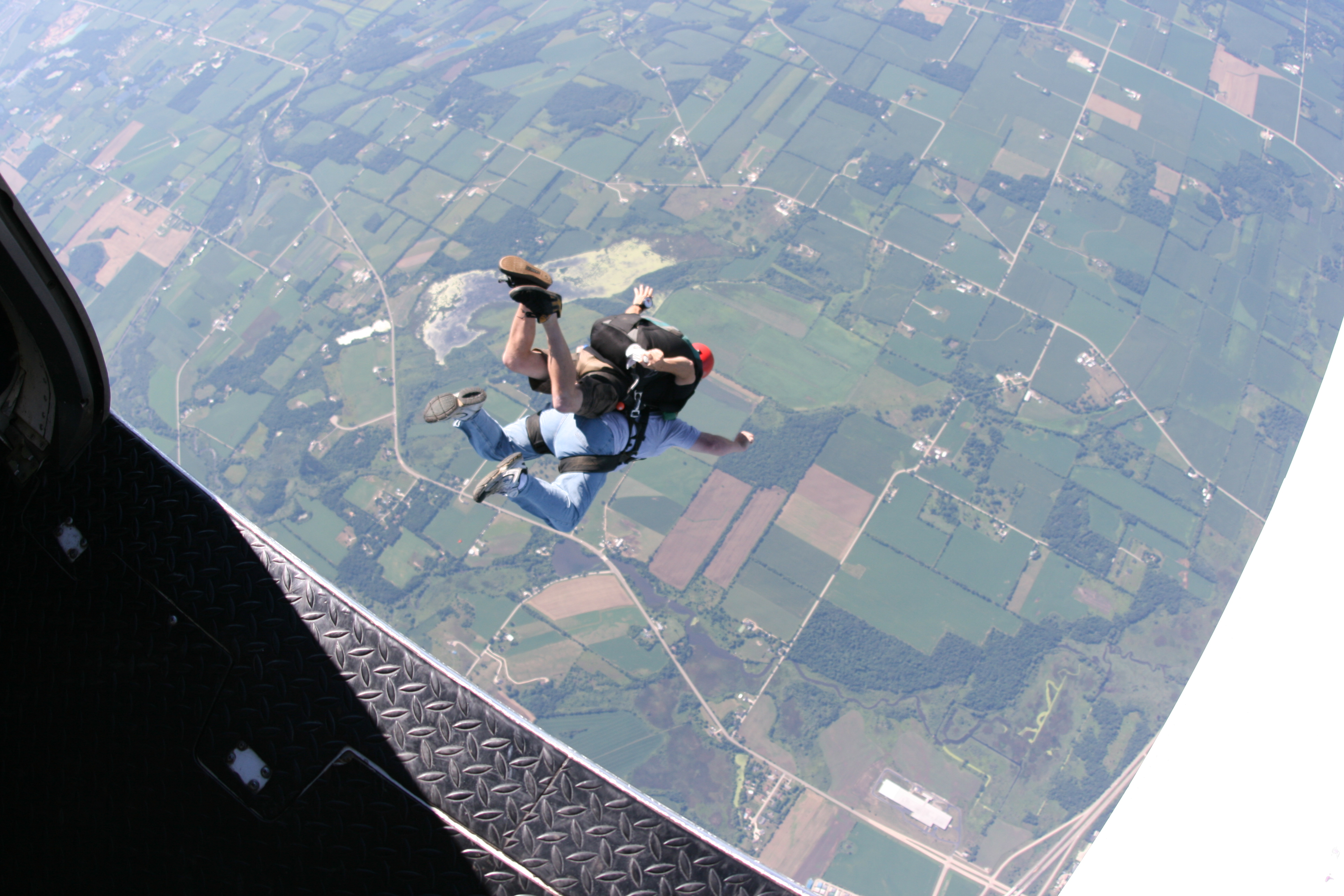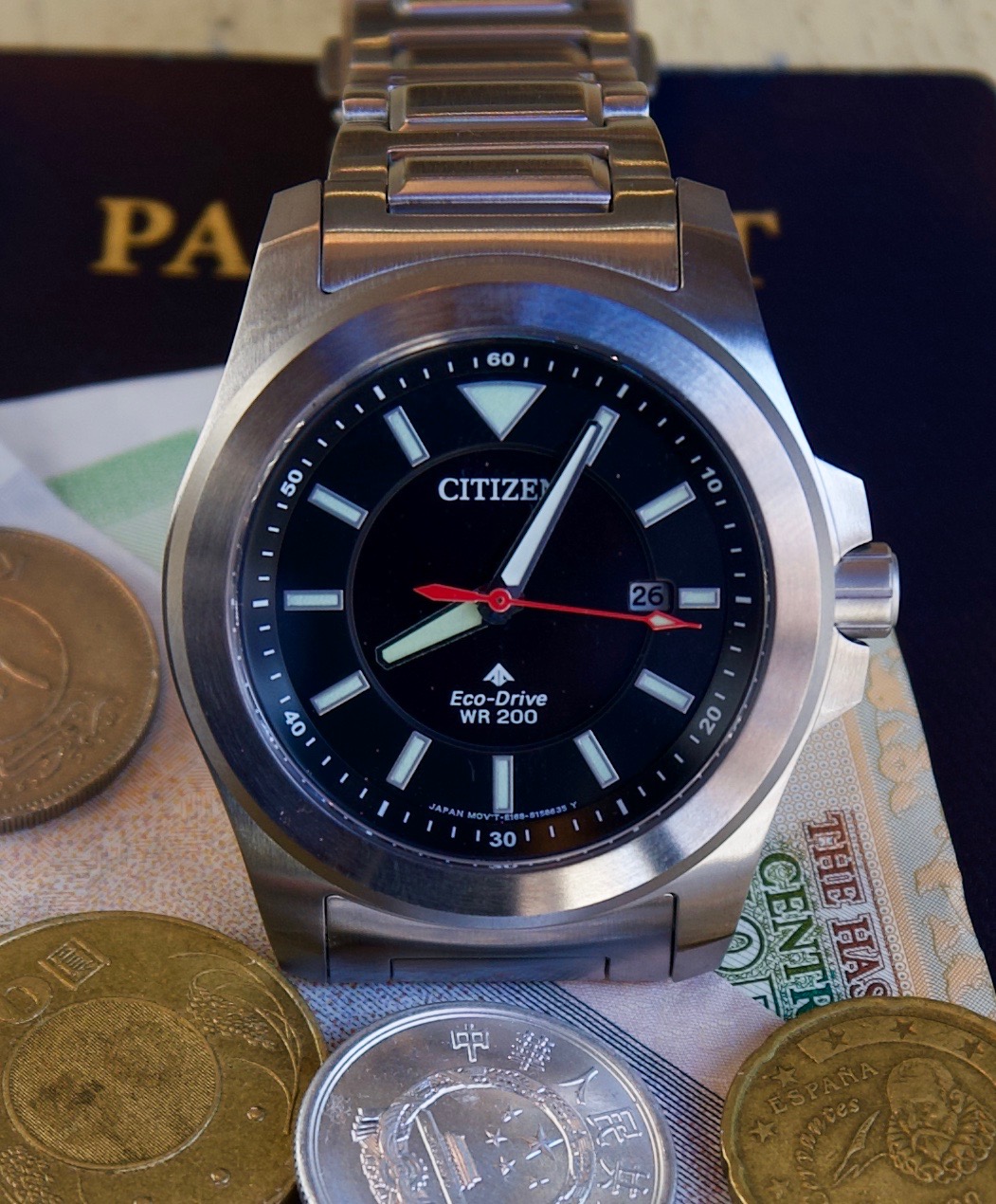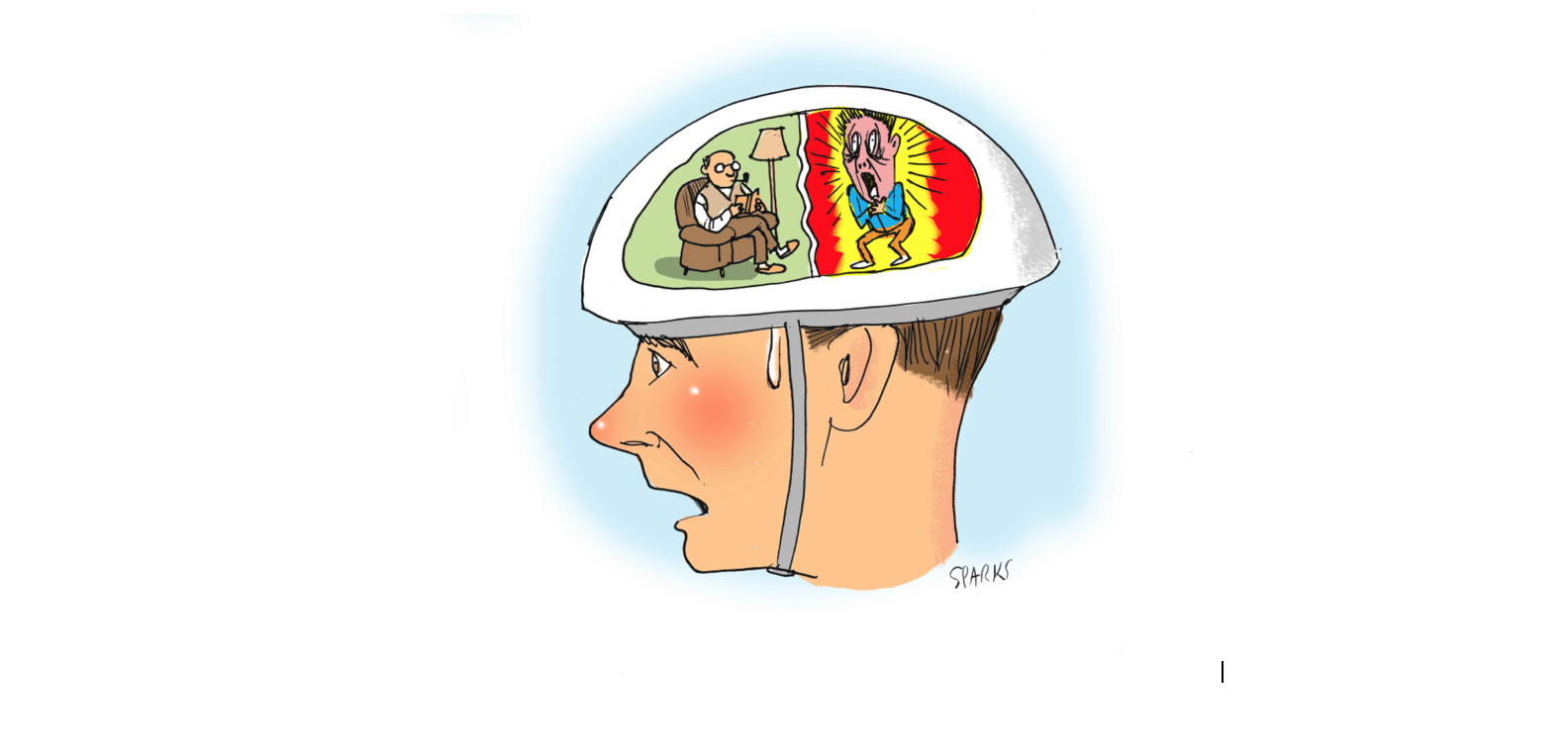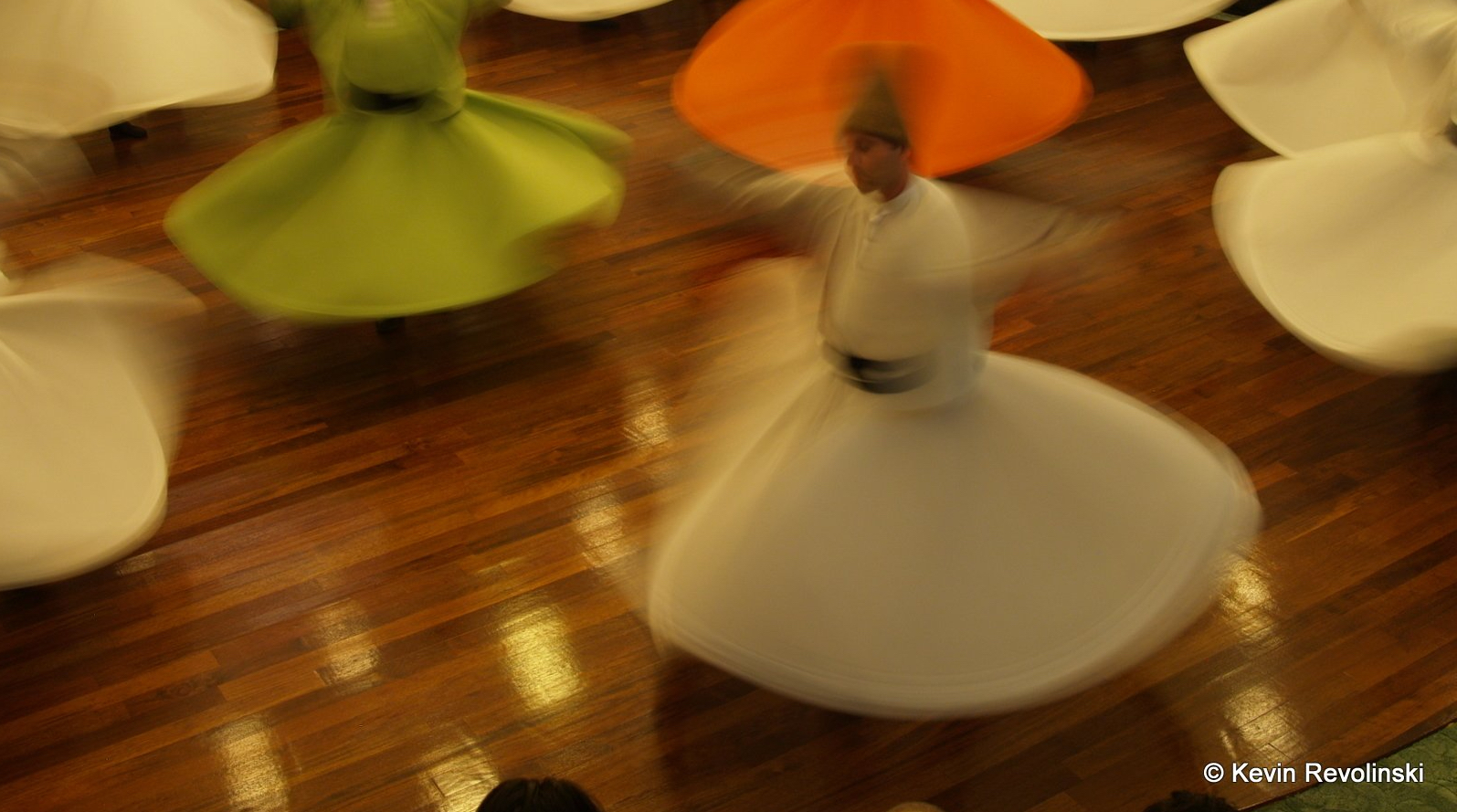It’s not in the trendy tourist brochures, it’s not in a Royal County, and there are no castles, stately homes or dead rock stars buried here. If you want the Last of England, though, with its tinkle of teaspoons on the morning air, perhaps you’d consider Frinton-on-Sea.
Located on the north Essex coast, an eighty-minute train ride away from London, Frinton was the last place on the mainland to be bombed by the Luftwaffe.
It’s the last place anyone would want to bomb. Until one morning in 1944, that is, when Hermann Goering probably clapped his hand to his head, skipped over to his staff-phone and gushed excitedly: “You’ll never guess what, guys? We’ve gone and forgotten Frinton. Ha ha – I know! Bonkers isn’t it? But hey, that’s war. Oh, and remember to strafe those new Art Deco houses on the Walton side. That’s right. How many? I dunno. About forty of them, it says here. You can’t miss ’em. They’re bright white with loads of snazzy windows. Thanks. Byeee. No, you first. Oh alright then. Mwah! Love you,too!”
Keep Calm and Carry On
Luckily for Frinton, its Art Deco houses (the largest group of such houses in the country) came out of the Luftwaffe’s last raid unscathed. If you’ve never seen them and you like that sort of thing, they’re really worth a visit. They were built in the mid-1930s at a time when the country was still in the throes of a huge housing boom. Ever an upmarket place, Frinton appears to have been the setting for a battle royal between two distinct schools of architecture. On one flank are the town’s graceful Avenues, which are crammed with classic Tudorbethan mansions and an attendant flummery of gables and crennelations. Here, we can imagine, Frinton’s famous colonels, admirals, surgeons and matrons retired to write their foggy memoirs.
According to local legend, there were also quite a few showbiz celebrities of the day here. Douglas Fairbanks, Sr., for instance, liked Frinton. His family still have connections with this area. Celebrities of the 1920s and ’30s, though, weren’t quite as gauche as their modern counterparts. They tended not to tattoo their bottoms, punch photographers or smoke crack whilst a documentary crew filmed them. Instead, they favoured breakfasting late in bed, taking bubble baths, donning tweeds and then, going inland for a bit of shooting. The result of this is that hardly anybody alive today remembers who they were. Far from being the quasi-royalty that our celebs are nowadays, showbiz folk back then were often regarded as somewhat declassé by the true aristocracy and tended to enjoy their fame rather more discreetly.
Here, too, is history. Frinton is a personification of pre-war suburbia at its most opulent. The problem for our modern media wolves is that it’s not a sexy bit of history. Frinton just hasn’t got enough oak beams, honeystone almshouses or Victorian terraces to simper over. For this very reason, it is unlikely that any celebrity preservationists will be galloping over in the near future with a cri-de-camera on behalf of the place.
Tucked away on the northern flank are the Art Deco houses, conceived of by the architect Oliver Hill in early 1934. The ambitious Frinton Park Estate was born out of a rampant class-snobbery. An article in a 1935 Country Life magazine waffles plummily on about the need to create ‘a continental plage’ as an antidote to ‘the typical English seaside resort with its pier, bandstand and the smell of cigarettes on asphalt.’ There was to be nothing installed on the estate which might encourage ‘the mass-descent of the weekend crowd.’ The article mentions the desirability that Frinton should be ‘well-kept and well-bred’ and goes on to hope for ‘the elimination of the vulgar plebs’ – a thing which made your correspondent here burst into outraged laughter when he read it.
Hill’s vision for Frinton Park, which included a luxury seafront hotel, was inspired by Monte Carlo and other swish continental caravans era is favoured by the über-rich of his period. The 200-acre estate was also intended as a showcase for British design, with much of the architectural elite of the day eagerly on board.
As usual, though, proceedings were dogged by problems at every step. There were disputes with the local authority, who among other matters, quibbled over the proposed thickness of the concrete walls. Naturally, the architects also bickered with the project director. And then – just like today – everybody blamed the builders, until predictably, it all got woefully behind schedule and over-budget. The company went bust in 1936 and Oliver Hill’s dream capsized, leaving only a fragment of the ‘Deauville in Essex’ which he’d endeavoured to build. It’s still a pretty impressive fragment, though.
The singer Elvis Costello once said that writing about music was like dancing about architecture. Frinton’s Art Deco houses, though, are an example of architecture really worth dancing about. Many of them, with their cubes, curves, rails, balconies and portholes look like they’ve been heisted wholesale from a luxury ocean liner. And they do still look futuristic — some of their bathrooms had rubber floors and Vitrolite lining. Oh, and there was a bedsitting room for a maid – many people still had such things in those days.
The Last of England
Frinton-on-Sea’s unsung pièce-de-résistance however, is its shopping street, Connaught Avenue. I was asked recently by an American journalist whether the England which I grew up in still existed. I had to think about this. Was he referring to the sort of steady permanence exemplified by the things which George Orwell itemised in his 1940 essay England, Your England: the nannies cycling in the morning mist, the solid breakfasts, dull Sundays and market crowds? Or did he mean the more recent Austin Powers depiction of Swinging London: a fashion hotch-potch with everyone in miniskirts, bell-bottoms and paisley shirts, all Go-Go dancing outside a boutique while double-decker buses rumbled by?
I told him that such a place had probably never existed, or at least, not for a very long time And yet in unexpected places you might still find vestiges of that much-mythologized country of our pasts, now only viewed nostalgically through the soft-focus lens of retro TV shows such as Heartbeat. Such fragments, however, are like Dolly Mixture sweets found down the backs of old sofas – still recognizable but ultimately, inadvisable to consume.
And then it struck me. If I wanted to show our transatlantic visitors a well-preserved chunk of the England of my childhood, I might take them to Connaught Avenue, Frinton. Going shopping on Connaught Avenue is a little like going shopping in the late 1950s or early 1960s – relaxing and cheerful. They have two butchers’ shops, a fishmonger, a baker, sweet-shops, tea rooms, furniture shops, banks and of course, Caxton’s – Frinton’s fine independent bookshop.
The large chain stores, mostly, have failed to gain purchase on this hallowed ground. You could probably recreate one of those old 1950s Ladybird children’s books, Helping Mummy With The Shopping and shoot the whole thing here, because Frinton still has proper shops. Unless you suddenly needed something really special, like a baby lynx for your an Italian film starlet – and don’t laugh, I still live in hopes of it happening – you’ll probably be able to get it in Frinton.
Where such a shopping street exists, you will also find the pace of things to be naturally more gentle. Even when the town is bustling, there won’t be the hurly burly and general tetchiness of the modern shopping mall. With Frinton, too, many of the shops’ buildings have the look of the mid 20th century, a few of them featuring genuine 1930s Tudorbethan garnishes. The butchers’ and the fishmonger’s windows are beautifully dressed and presented – so much so that they make you want to go inside, even if you aren’t shopping.
I concluded once again, that if our overseas visitors ever wanted to see my country at its quietly understated best, Connaught Avenue on an average weekday morning might do it, followed by – and only if they insisted – Go Go dancing outside Caxton Books. Go and have a late breakfast there amidst the clinking of china and the freeze-dried voices of your fellow diners. Now mosey round the well-ordered second-hand shops. Then you will begin to understand what Frinton is for. It is the ormolu clock still ticking quietly upon England’s flaking mantlepiece. And then there is the sea, the beautiful sea…
Where to Stay: The Rock Hotel on the Eplanade, comes highly recommended. Pricey, but for its location and reputation, not too pricey. It overlooks the famous Frinton Greensward, and has uninterrupted views of the sea and the sand.
Where to stay on a budget: Russell Lodge B&B. A lovely Edwardian house near the town centre with a very competitive room price .
How to Get There
Trains are hourly from London Liverpool Street mainline station. Take a Walton train.
Car: From London, take the A12 to Colchester, turn off on the A133 to Clacton, then at Weeley, turn off at the B1033 to Frinton.

